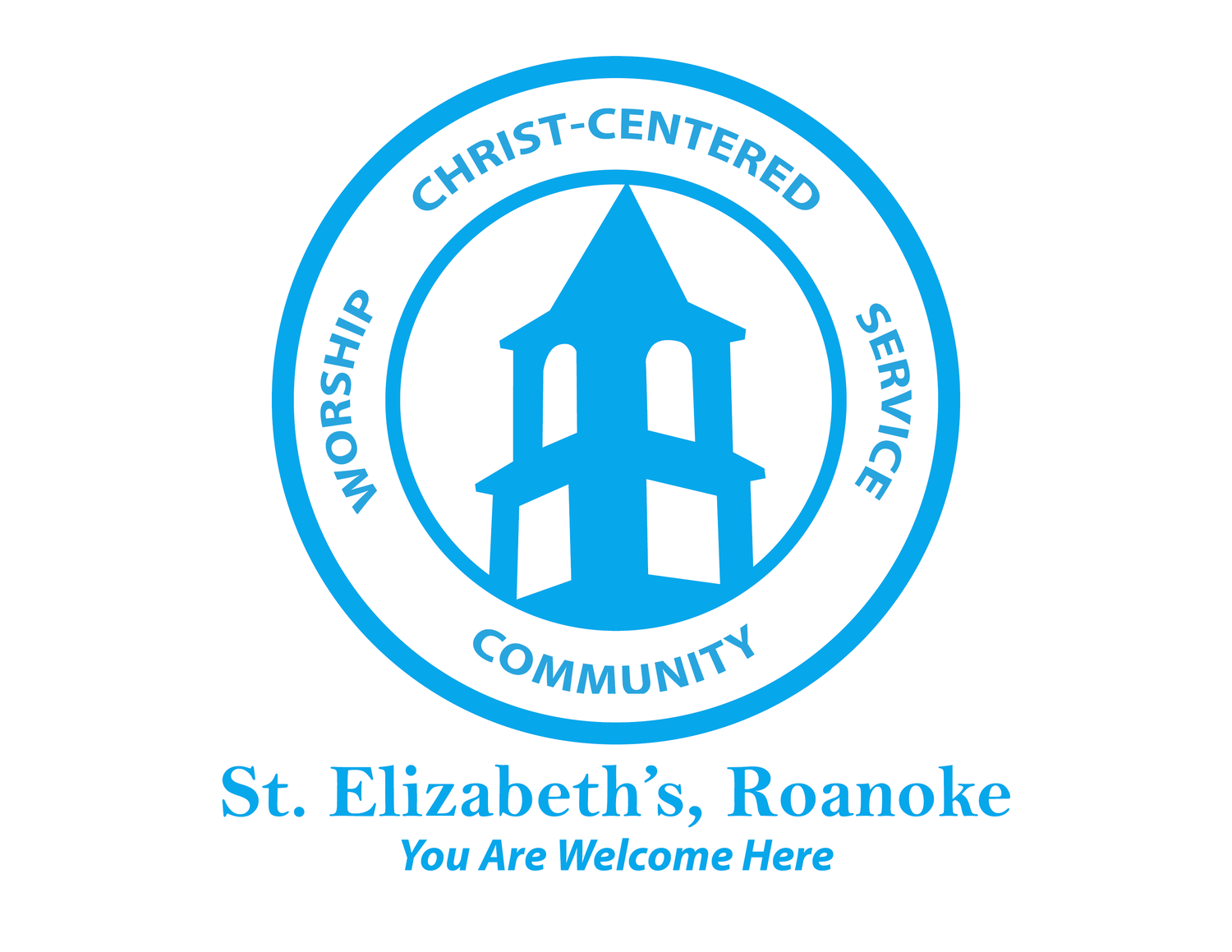
-

St. Elizabeth's is an Episcopal Church
St. Elizabeth's is a Christ-centered neighborhood church in the city of Roanoke, Virginia. We are a welcoming community, loving and serving God and our neighbors. We hope you will come and see what's happening at St. E's!
-

Learn More About the Episcopal Church
https://www.episcopalchurch.org
St. Elizabeth's is a parish in the Diocese of Southwestern Virginia.
Learn more about our diocese
https://www.dioswva.org
CHURCH STAFF & LEADERS
-
Karin MacPhail, Rector
rector@stelizabethsroanoke.org -

Randolph Walker, Music Director
musdir@stelizabethsroanoke.org -

Karen Lachowicz, Parish Administrator
secretary@stelizabethsroanoke.org
Vestry
Brian Echols, Senior Warden Ulrike Watts, Junior Warden Linda Muelenaer, Vestry Secretary Ruth Alderfer Bruce Bias Bill Milam

-

St. Elizabeth of Palestine, Mother of John the Baptist, Our Primary Patron Saint
Elizabeth and her husband, Zechariah, a Temple priest, lived an upright and blameless life in one of the hill-towns of Judea. Although they had prayed fervently for a child, Elizabeth had reached an advanced age without ever having conceived. What a miracle it was when the Archangel Gabriel told Elizabeth that she would bear a son. This boy, to be called John, would be the forerunner of the Messiah.
Elizabeth was related to the Virgin Mary. When Gabriel appeared to Mary to tell her she had been chosen to be mother of the Messiah, he also told her that Elizabeth was expecting a child. Mary, eager to share in Elizabeth’s happiness and to relate her own good news, traveled from Galilee to visit her.
Upon arriving, Mary greeted her kinswoman who was now six months pregnant. The moment she spoke, John leapt with joy in Elizabeth’s womb, thus acknowledging the presence of Christ. Elizabeth, filled with the Holy Spirit, responded to Mary with the words, "Blessed art thou among women and blessed is the fruit of thy womb. . ."
Mary remained with Elizabeth for approximately three months—possibly until the birth of John. This visit is a favorite subject of artists. The contrast is striking: Elizabeth, seemingly too old for child-bearing, but destined to give birth to John, last prophet of the old Covenant; and the Virgin Mary, seemingly not ready to have a child but destined to bear the Messiah, the beginning of the New Covenant. Our church displays an icon (The Visitation) by Joanna Ferencz of Latrobe, Pennsylvania, which is shown above.
In the Greek Orthodox Church, the following Troparion (a poetic hymn referring to a certain feast day) to St. Elizabeth, is used on her feast day:
The barren wilderness thou didst make fertile with the streams of thy tears; and by thy deep sighing thou hast given fruit through thy struggles a hundredfold. Accordingly, thou hast become a star for the universe, sparkling with miracles. Therefore, O righteous Mother Elizabeth, intercede with Christ God to save our souls.
-

St. Elizabeth of Hungary, (also called St. Elizabeth of Thuringia)
Princess Elizabeth was born in 1207 in Pressburg, Hungary. When she was four years old she was betrothed and then taken to the Thuringian court to be brought up with her future husband, Louis IV of Thuringia, who, shortly after his succession at age 21, married Elizabeth, then 13. Their marriage was a happy one, and the couple had three children, one of whom died young.
Soon after their marriage, Louis’ work frequently kept him away from home. Meanwhile, Elizabeth was being instructed in the teachings of St. Francis of Assisi. In 1225, with the help of Elizabeth, the Franciscans founded a monastery in Eisenach. In the spring of 1226 when Louis was away in Italy on behalf of the emperor, the people of Thuringia experienced many disasters such as floods, famine and plague. Elizabeth assumed control of affairs in her husband’s absence, sold her jewels and distributed help in all parts of her husband’s territory. She built a hospital with 28 beds and visited patients daily to attend to their needs. Today, a number of hospitals throughout the world are named in honor of Elizabeth and her charitable work.
In 1227, Louis accompanied the emperor on a crusade to Palestine, but died en route from the plague. The news reached Elizabeth just after she had given birth to their third child. Elizabeth received the value of her dowry in cash, a large portion of which she immediately distributed to the poor. In the Franciscan house at Eisenach on Good Friday in 1228, Elizabeth formally renounced the world. The honor of the Third Order of St. Francis was conferred upon Elizabeth and her maids, thus making them among the first tertiaries of Germany.
That summer, Elizabeth built a Franciscan hospice and devoted herself entirely to the care of the sick. Elizabeth’s strength was finally consumed by her charitable work and she died of exhaustion in 1231 at age 24.
St. Elizabeth was a life-long friend of the poor and gave herself entirely to relieving the hungry. She is often depicted as a princess wearing a crown giving alms to the poor, or holding roses in her lap. (The latter depiction refers to a legend in which she was taking bread to the poor when she was surprised by her husband. The bread she tried to conceal suddenly turned into roses.)

